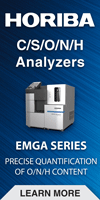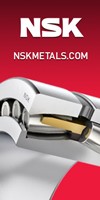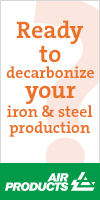Rasselstein Growth Bucks Market Trend for Tinplate
03/26/2008 - Rasselstein’s CEO describes how investments have helped this ThyssenKrupp Steel subsidiary expand market share as well as total shipments, beating the prevailing market trends for tinplate.
“Despite significant price increases, tinplate from Germany will remain in demand worldwide,” stated Dr. Ulrich Roeske, CEO of Rasselstein GmbH, speaking to a group of journalists in Düsseldorf.
Roeske outlined how the Andernach-based company—Germany’s only tinplate producer—is gearing up to deal with stiffening global competition. Rasselstein, a subsidiary of Duisburg-based ThyssenKrupp Steel AG, has invested over 160 million euros of capital over the recent few years in state-of-the-art facilities. Those investments have transformed the company into the world’s largest tinplate producer, with a capacity of 1.5 million tonnes and employment of around 2400 people.
The international tinplate market is a niche market, accounting for roughly 1% of total world steel consumption.
Bucking the trend on this generally stagnating market, Rasselstein has increased both its market share and its absolute level of shipments. “Our existing customers have been a key factor, accounting for 95% of this growth,” said Roeske. The company was pursuing an uncompromising premium strategy in which “technology and quality are key priorities,” he said.
The nearly 250-year-old Rasselstein’s main tinplate sales region is the enlarged area of Europe. Rasselstein is ThyssenKrupp Steel’s the biggest single customer, taking around 10% of its hot band production. The company also is a vital part of the local economy at its site in Rhineland-Palatinate.
The nearly 250-year-old Rasselstein’s main tinplate sales region is the enlarged area of Europe. Rasselstein is ThyssenKrupp Steel’s the biggest single customer, taking around 10% of its hot band production. The company also is a vital part of the local economy at its site in Rhineland-Palatinate.
Although Rasselstein relies on its innovativeness as an important competitive advantage over other materials and other tinplate manufacturers, cost is becoming a serious concern. “Never before have we experienced such a simultaneous explosion in the costs of almost all our input materials,” said Roeske. “With ore prices set to go up by 65% in 2008 and prices for alloying elements, coal, energy, scrap and transportation also rising, we face drastic increases in our starting material costs.” One particular cost factor is the price of tin, currently at an all-time high of over 20,000 dollars per ton.
“The increases in our own tinplate manufacturing costs come on top of the raw material costs,” said Roeske, pointing to already announced further price increases for hot band. These costs will have to be charged on to the market, he said. “Our customers have good arguments for passing on the price increases we are having to impose on them. Quality has its price.”
Despite the concerns, Roeske remains optimistic: “With the quality of its products and its unique range of services and technical support, Rasselstein is confident of continuing high demand.


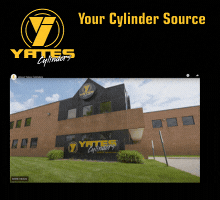
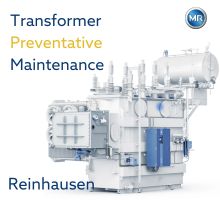-(220-x-200-px)-(130-x-130-px)-(220-x-200-px).jpg?lang=en-US&ext=.jpg)
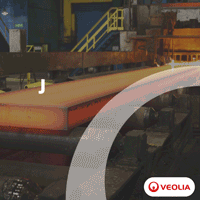Veolia.gif?width=200&height=200&mediaprotectionhash=4deca34a0d5a00013b5a0ccdc2dcf98fd2c17aabb57eb7bbb27200552f29c247&ext=.gif)
